Architecture and P-T-deformation-time evolution of the Chinese SW-Tianshan HP/UHP complex: Implications for subduction dynamics
Résumé
We present the first comprehensive P-T-deformation-time and kinematic constraints for HP/UHP eclogite, blueschist and greenschist-facies metavolcano-sedimentary rocks cropping out in the Chinese SW-Tianshan metamorphic complex (within the ~30 km wide N-S Akeyazi-Kebuerte area). We reappraise this HP/UHP “mélange”, which should be divided into three main tectonic units, from north to south, according to their discrepant lithologies and P-T-time-deformation histories. These three units crop out in a tectonic window beneath greenschist-facies metavolcanics. P-T estimates point to 1) UHP-LT conditions around 2.6–2.9 GPa at ~520 °C for the metavolcano-sedimentary rocks of the northern HP/UHP unit, 2) HP-LT conditions of 1.8–2.1 GPa and ~500 °C for the central blueschist horizon and 3) lower-blueschist facies conditions of 1.0–1.5 GPa at ~485 °C for the southern ultramafic-mafic unit. In situ laser probe Ar-Ar age constraints (with textural control) on recrystallized phengites from the HP/UHP unit cluster within 315 to 325 Ma. Phengite ages from the central blueschist horizon are 10–15 Ma older, at ~325–345 Ma. Laser-ICP-MS U-Pb dating on zircon from the south ultramafic-mafic unit yield ages around ~360 Ma for metamorphic overgrowths. In contrast, step-heating Ar-Ar phengite age constraints for the greenschist-facies metavolcano-sediments fall within 280–300 Ma. These new field and P-T-time data disclose an episodic exhumation of three main tectonic slices, respectively from ~85 km, ~65 km and ~45 km depths, and a progressive change of metamorphic gradients from ~12 to ~6–7 °C/km, which could reflect a cooling of the subduction system with time. Final juxtaposition at ~20 km was probably achieved around 300 Ma, prior to collision.
